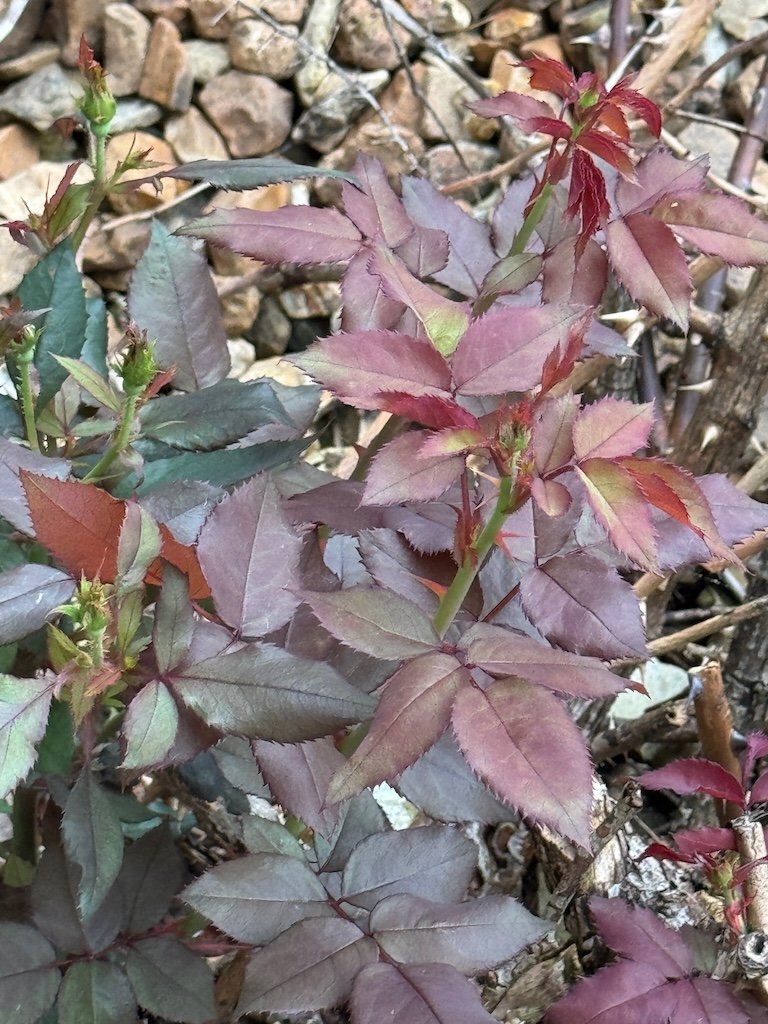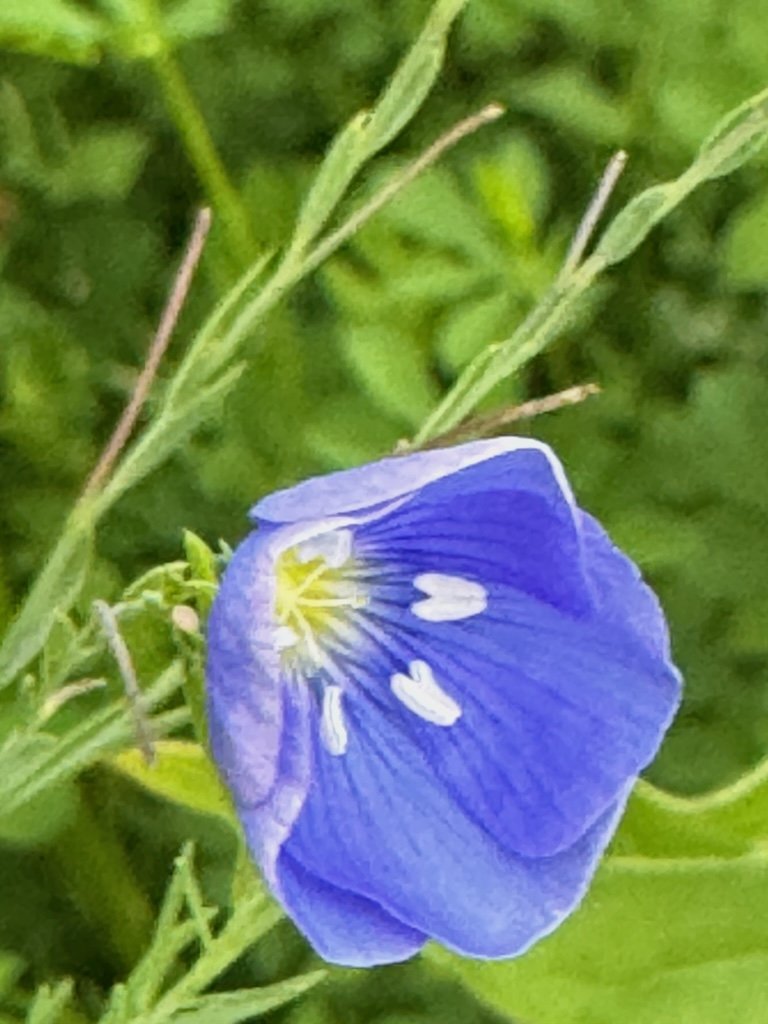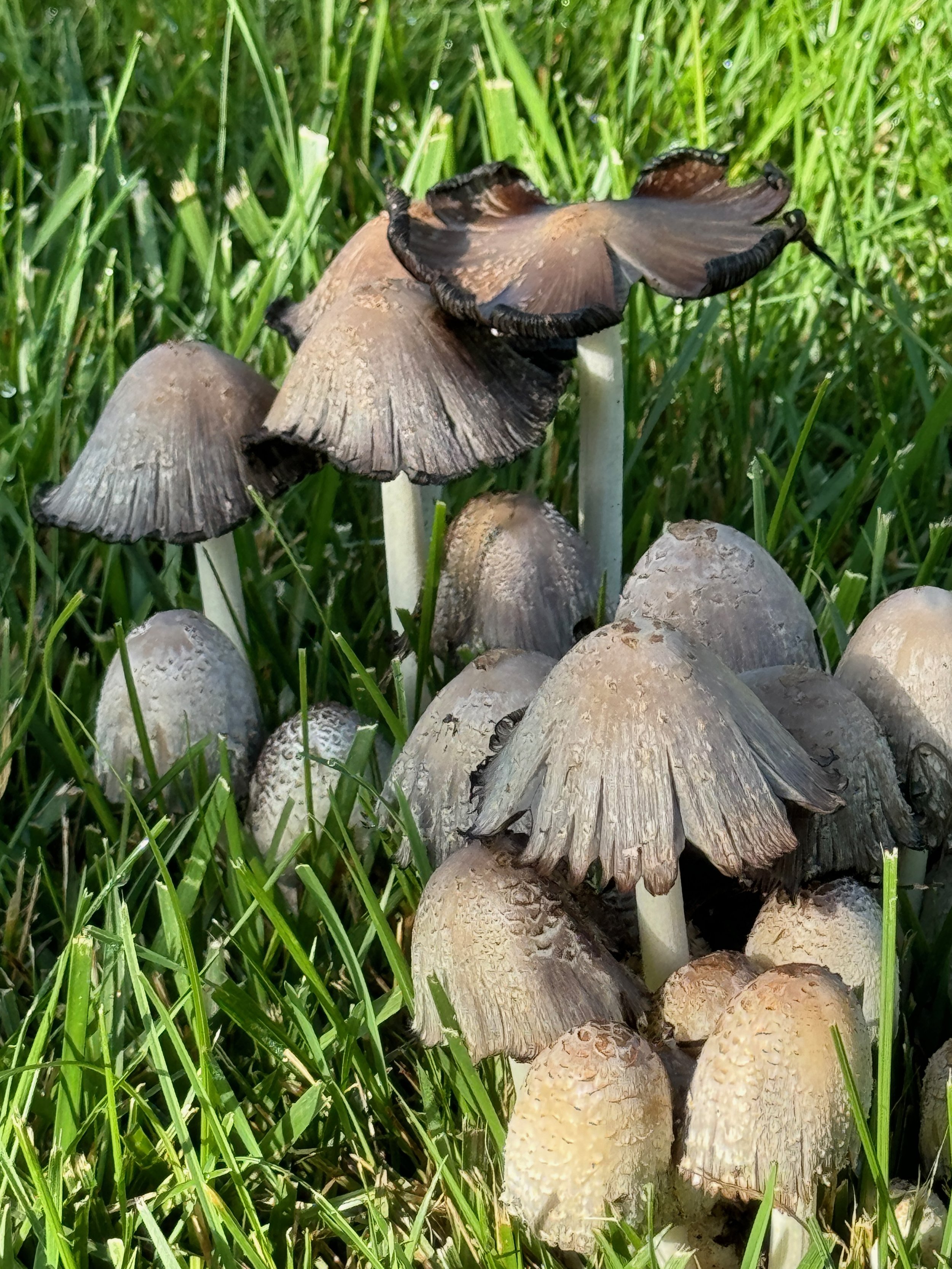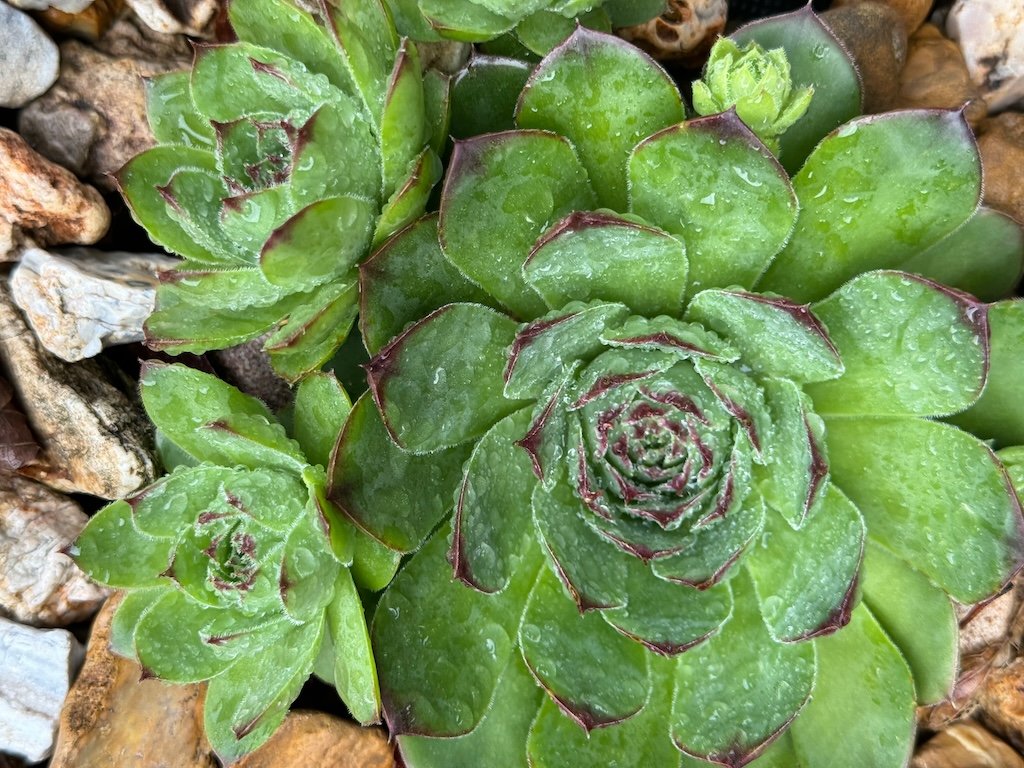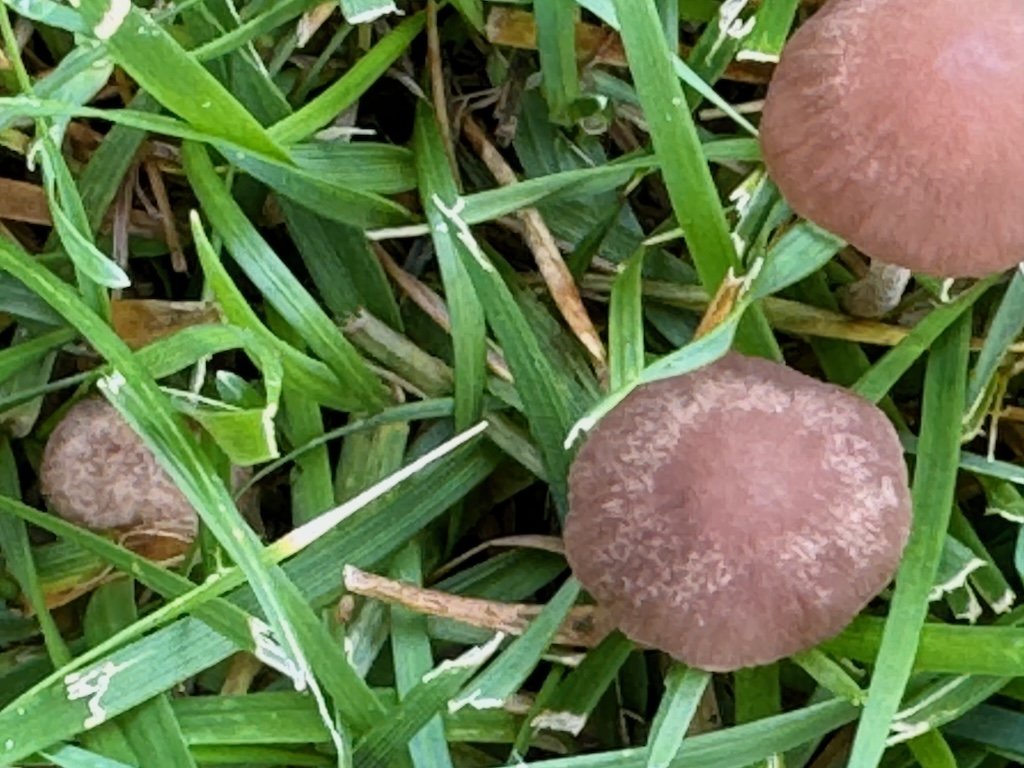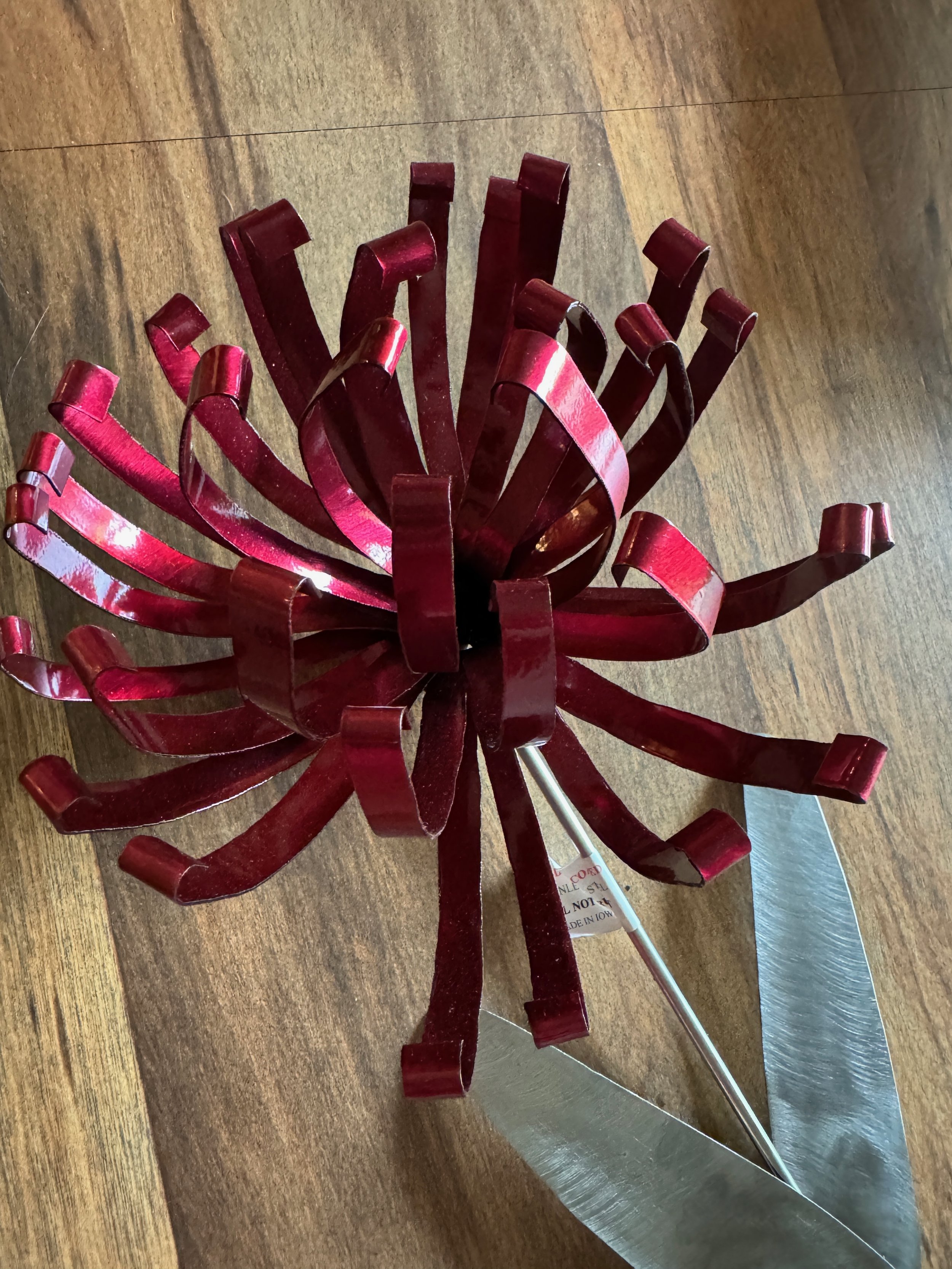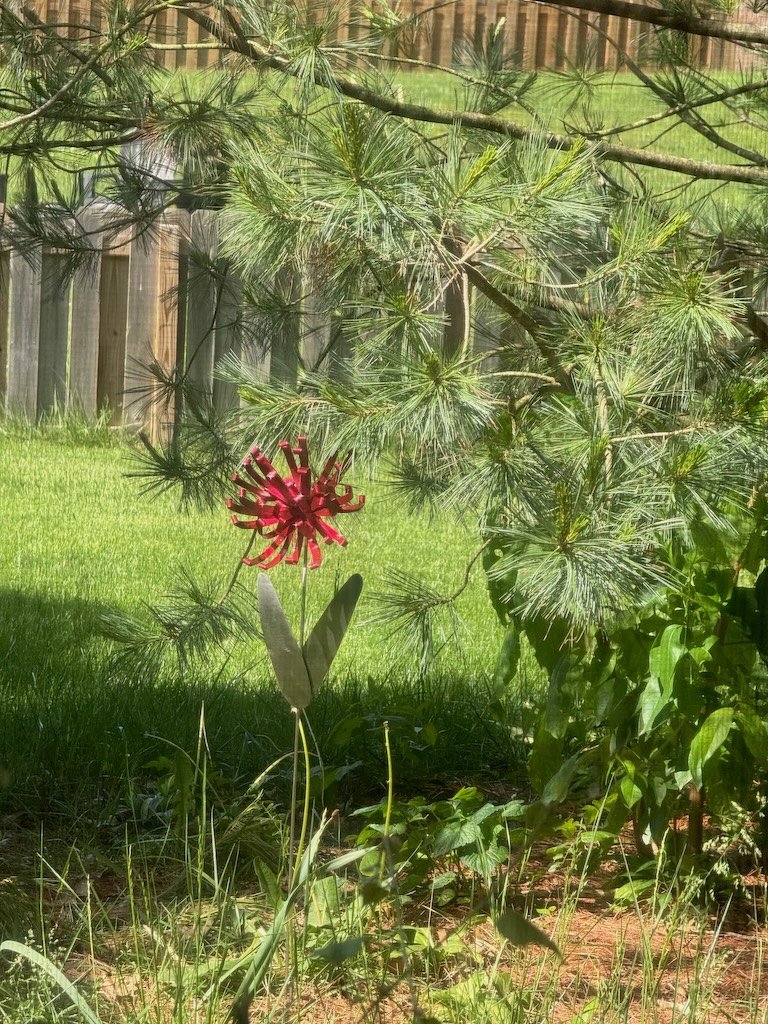Then and Now – Strategies for Reducing Food Costs
/Many of the strategies for minimizing food costs my mother applied in the 1960s are still applicable today. The goal is to get the best nutritional value for your expenditure….and waste nothing.
Minimize out-to-eat meals. It always costs more to eat in a restaurant – even a fast-food place. In the 1960s there were not as many options as we have now; takeout and delivery of prepared food was not as common. My mother made our hamburgers at home; I didn’t have a ‘fast food’ version until I was a teenager. I remember getting grilled cheese sandwiches and a cherry limeade at the drug store…but not frequently. We took picnics when we made road trips to see our grandparents. I eat out more now than I did for most of my growing up years…although not as much as I did during my career. One way to reduce the bill at a restaurant it to drink water with your meal. Another is to eat half your meal…have the rest for another meal (i.e. spread the cost to 2 meals rather than 1). I try to avoid the poor nutrition options that seem dominate many fast-food chain menus.
Plan meals in advance. My mother wrote out her menus for a week or two at a time; I remember them on legal sized paper posted on the refrigerator. I don’t write menus now, but I do know what I have ingredients to make. I usually give my husband a choice for our big meal of the day each morning since he is harder to please than I am. The focus is on nutrition – enough protein and other nutrients – and avoiding high sugar/fat, ultra-processed foods.
Have ‘backup’ meals in the pantry or freezer. My mother always had a well-stocked panty – canned goods (soups, vegetables, fruits, and meats (chicken, tuna, salmon)), nuts, potatoes, onions, peanut butter, bread. These days we eat fewer canned vegetables/fruits – skew toward frozen versions which I can buy in larger packages than fresh since they will last long enough for us to eat the whole package. My mother bought larger packages of raw meat and froze the part that she wasn’t using immediately. I still do that.
Scrutinize protein sources and amount. Meats are an expensive item. My mother was a fan of eggs as a protein source; eggs are easy to prepare and they are the least expensive source of protein that we all liked – and not just for breakfast; she didn’t serve them daily…but it was close. I don’t eat eggs as often now (and I have added frittatas and quiche to the way I prepare them), but they are still a relatively low cost source of protein. We generally only have meat once a day and utilize other lower cost sources to add up our daily protein requirement for example, peanut butter, milk, eggs, mushrooms, beans, nuts, bread (not the ultra-processed variety), protein drink/powder.
Go to the grocery store with a list…and only buy what is on the list. You want to buy what you need when you shop, avoid another trip to the store for something that was forgotten. In addition to the expense, the spur-of-the-moment purchases are often not healthy choices. It was a special occasion when my mother bought chips or popsicles or oreos or soft drinks or chocolate bars….and I shop the same way now. The strategy is to avoid all ultra-processed foods most of the time. They may seem inexpensive…but they often have no nutritional value; from your body’s standpoint they are a hinderance rather than a benefit.
Leftovers. My mother always used leftovers (i.e. no food waste); they were usually small amounts so we would have a ‘cafeteria day’ and clean out the refrigerator. Sometimes she would combine or add new ingredients to achieve the nutritional value needed for a meal. We do the same now. Nothing goes bad in our refrigerator!
There is a new way I reduce my grocery bill now that didn’t exist in the 1960s: I shop for myself…don’t pay extra for someone else to do shopping or deliver it. I did during the height of COVID-19, but that was a special situation.
Previous Then and Now posts


































